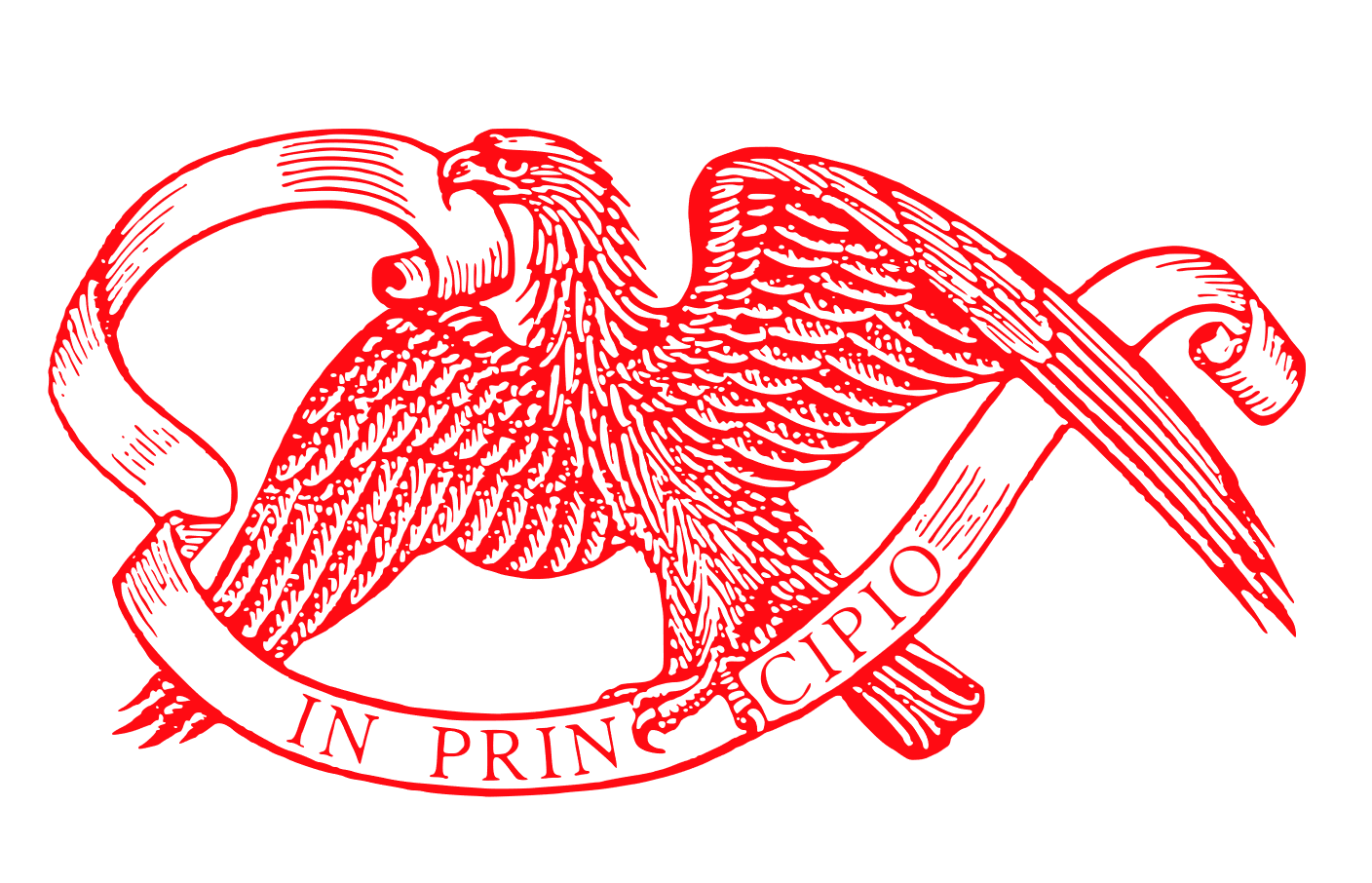Everything You Ever Wanted to Know about Altar Serving but Were Afraid to Ask (Part 1)
Mysterious mumblings, strange gestures, bells and smells - what’s it all about? Find out here!
Q: What are the Altar Servers' various positions or duties at Mass?
A: The Crucifer, often dressed as a Sub Deacon, and bearing the cross, leads the Sanctuary party in and out of the sacristy, and in processions. The Acolytes, holding candles, and walking alongside the Crucifer, assist at the Mass itself. The Thurifer, censes with his/her silver thurible. A Master of Ceremonies is sometimes present to help move the Service along smoothly. Banner Bearers and Torch Bearers may also be there when needed.
Q: What preparations are being made as the Service begins?
A: High Mass begins with the recital of the Confiteor. The prayer, borrowed from the Roman Catholic Mass - here at St. John's, we use an English version translated from Latin - is an expression of penitence by the Clergy and the Altar Servers. As forgiveness is being asked, various associated gestures including deep bowing and the striking of the breast three times, are made.
Q: What type of incense is used at St. John's?
A: We use a blend of frankincense, myrrh, cassia, and various natural oils. Our incense is obtained from Mucknell Abbey, an Anglican Benedictine community of monks and nuns based in Worcestershire in England.
Q: Do Servers experience the Mass differently when they are serving?
A: Of course, spirituality and emotional responses differ from person to person. However, it would be fair to say that our Altar Servers all experience a very intimate relationship to the Mass. They assist in its very preparation, and/or they observe the rituals close hand in the Sanctuary. While Altar Serving has traditionally been a part of a vocation to the priesthood (at least three of our Servers have gone on to study for Ministry), that is not necessarily so today. Still, our Altar Servers have responded to Our Lord's call to be of service to Him. We invite others who may be interested as well, to join us in serving.
Q: Are mistakes ever made up there?
A: Sure, we have our 'off days' as well! Spilled coals from the thurible, unwieldy banners hitting stuff above, things gone missing when you need them, you name it! As our Master of Ceremonies always tells us in these moments of mishap, just "keep calm and genuflect"!
Q: During the Veneration of the Cross on Good Friday, why do the Clergy and the Servers remove their shoes?
A: Like many Anglo-Catholic practices, this is another adopted from the Roman Catholic Easter ceremonies. In medieval times, penitents 'crept' to the Cross barefoot in humility and contrition as the Reproaches were sung by the Choir. Nowadays, the ritual of crawling has been modified to just genuflecting three times as one approached to venerate Our Lord Crucified.
Q: Why is the Crucifer the only one wearing gloves?
A: This is one that has no mystical significance. The brass processional cross was polished and restored professionally a few years ago. When people touch it, the brass becomes tarnished. So unless someone wants to volunteer to polish the brass every week, the gloves are a necessity.
Q: When and why does the Thurifer swing his/her censor, and then not at other times?
A: The Thurifer swings the censor when there is a procession, but when he/she leads the way back to the Sanctuary (like after the reading of the Gospel), no swinging is done. The release of incense is meant to ritually purify the sacred space and those within. Notice that the thurible is held in the left hand if it does not contain blessed incense.
Q: What exactly do the Altar Servers wear?
A: The Servers wear a white cotta over a long black cassock. While the Gothic architecture of our building would perhaps make long white surplices more appropriate, we at St. John's have adopted the more Baroque style cotta. The Servers here probably never wore long surplices. Before the middle of Fr. Slattery’s time, they wore albs and amices with seasonally-coloured collars ('apparels'). However, albs are more correctly worn by the clergy, and the change to cassock and cotta was in keeping with the traditional clothes of servers in the Western rite.





